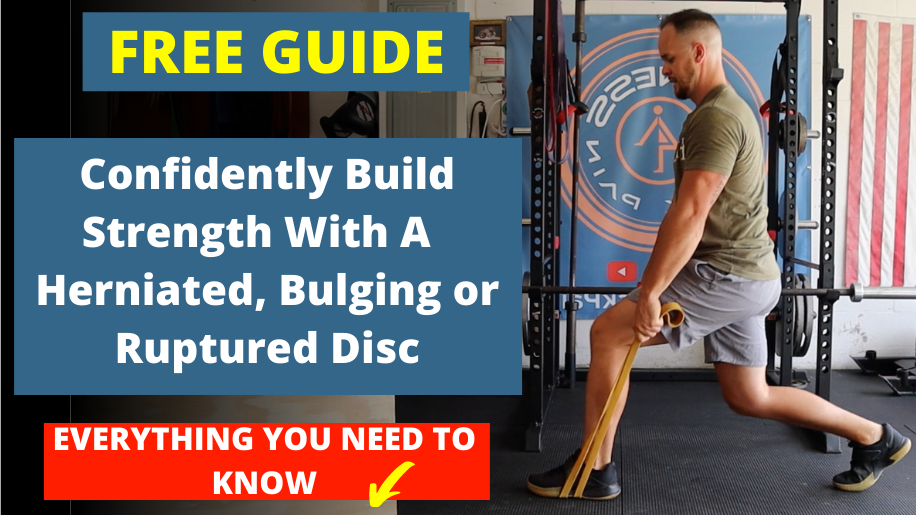How Lizzie Overcame Sciatica Pain From A Bulging Disc: After Surgery FAILED her!
Imagine this….
You were diagnosed with multiple bulging discs, your sciatica is killing you, and even the surgery your doctor recommended never fixed the pain.
What are you supposed to do?
Well, that’s Lizzie’s story before reaching out to me. She lost all hope after surgery left her with the same pain and sciatica she was dealing with before the surgery.
She knew she needed to go a different direction but didn’t know where to turn or what to do.
In today’s video, I interviewed Lizzie about some of her darkest moments in pain post-surgery, what she did to beat it, and what she’s doing now to celebrate!
Let’s dive in!
What Will My Doctor Suggest I Do About My Sciatica Pain From A Bulging Disc?
Before I explain what to expect, understand this is not medical advice. Please consult with your trust provider about what is best for you and your back.
That said, here is the typical approach you would be put through in hopes of “beating your sciatica.”
Step One: Manage Symptoms
- Nonsteroidal anti-inflammatory drugs (NSAIDs) such as ibuprofen or naproxen may be prescribed to alleviate pain and reduce inflammation.
- Muscle relaxants can help relieve muscle spasms associated with sciatica.
- In some cases, short-term use of oral steroids may be recommended to reduce inflammation around the affected nerve.
Step Two: Physical Therapy
- Physical therapy exercises are often prescribed to strengthen the muscles supporting the spine, improve flexibility, and promote proper posture.
- Specific exercises targeting the affected area can help alleviate pressure on the nerves and improve symptoms over time.
- Manual therapy techniques such as spinal manipulation or mobilization may be used to reduce pain and improve spinal alignment.
Step Three: Heat & Cold Therapy
- Applying heat packs or cold packs to the affected area can help reduce pain and inflammation. Heat therapy is typically used to relax muscles, while cold therapy can help numb the area and reduce swelling.
Step Four: Injections
- For severe pain that does not respond to conservative treatments, epidural steroid injections may be considered.
- These injections deliver corticosteroids directly into the epidural space around the affected nerve root to reduce inflammation and alleviate pain.
Step Five: Surgery
- Surgery is typically considered as a last resort when conservative treatments have failed to provide relief or if there are signs of progressive neurological deficits (such as weakness or loss of bladder/bowel control).
- Common surgical procedures for bulging discs and sciatica include discectomy (removal of the portion of the disc pressing on the nerve) or laminectomy (removal of a portion of the vertebral bone to relieve pressure on the nerves).

